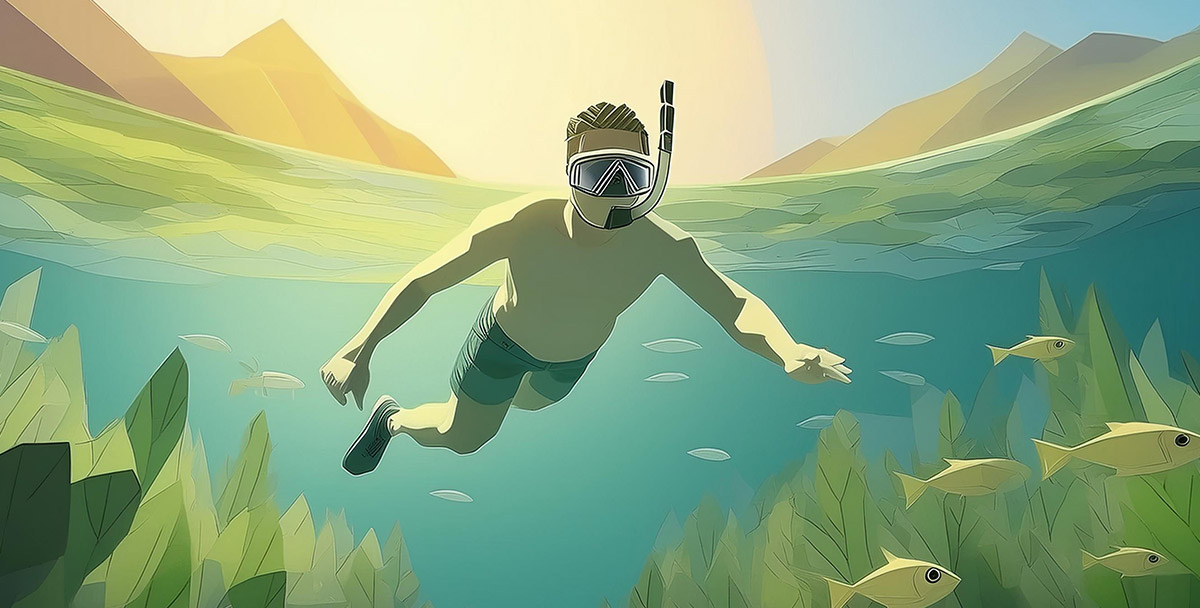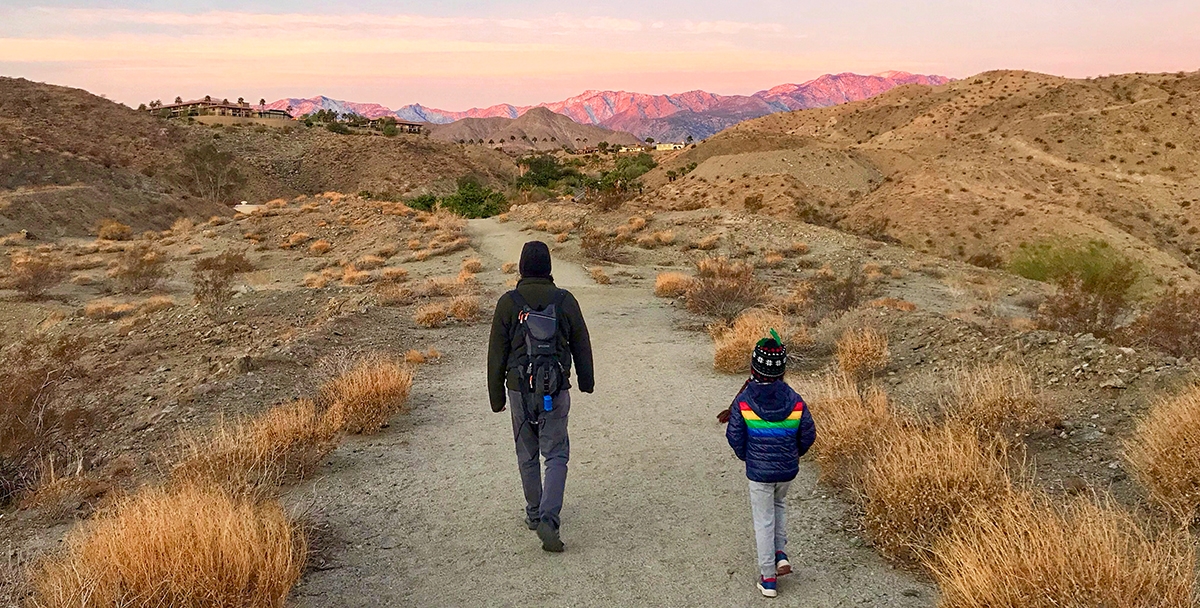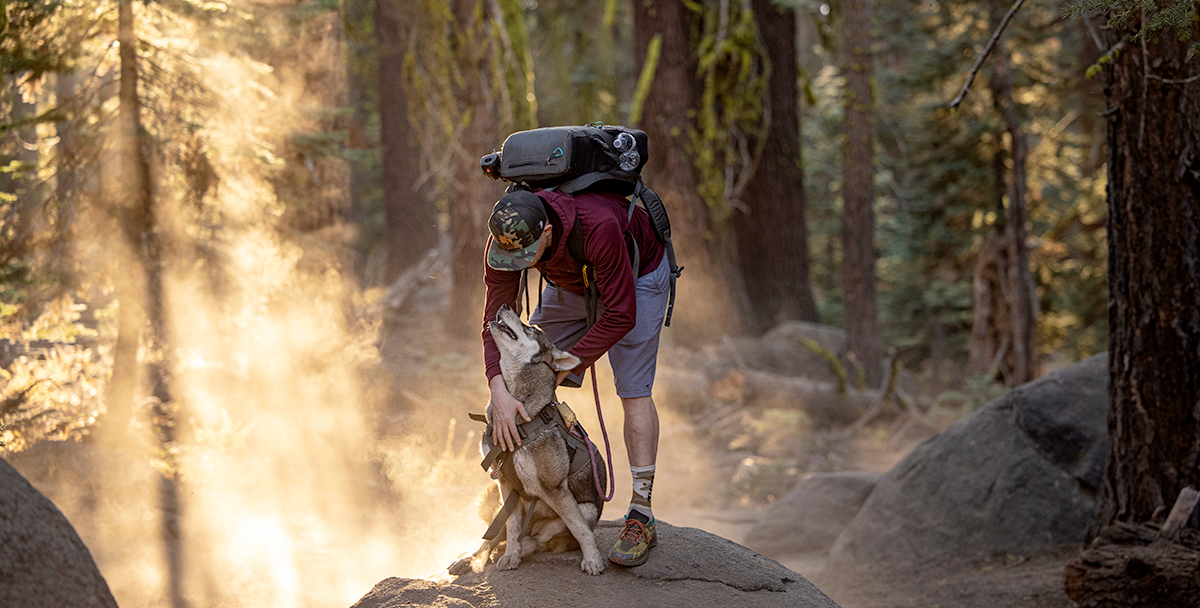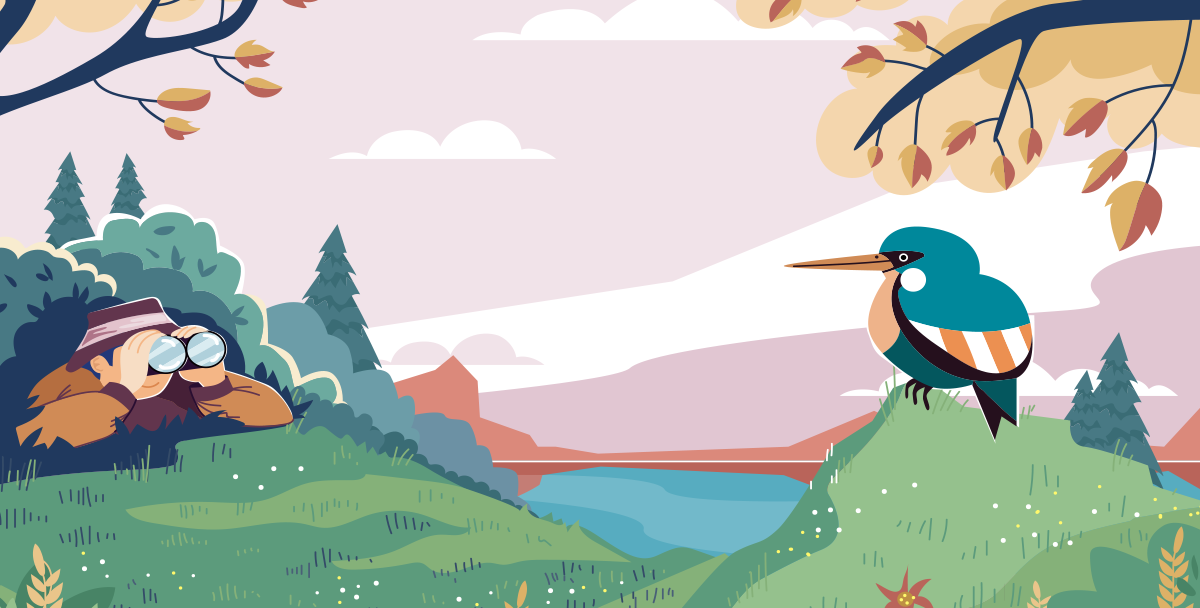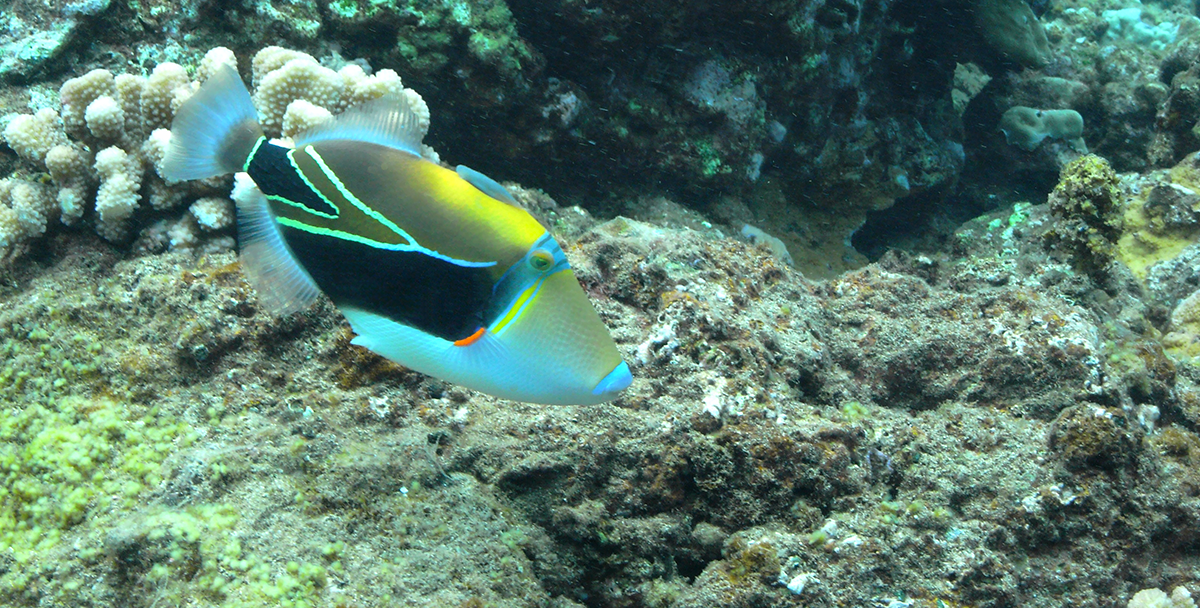The pandemic was filled with firsts for me – first time backpacking, first time kayak camping and first time bike camping (also called bike touring or bikepacking). The latter had inched onto my radar a few months into the pandemic when I bought my first bike in 20 years.
It was June 2020. Most indoor attractions had shuttered, and like everybody else, I was rediscovering the outdoors. We were all scooping up bikes, backpacks, tents and all types of paddle craft. I was lucky to get my hands on a used Trek hybrid bike with gravel tires at my local bike shop. It was red and had a rear bike rack that was just right for bike bags.
Fast forward to April 2021, and I was pedaling away on my first bike camping adventure, a group outing at False Cape State Park in Virginia Beach. It was an easy flat ride on gravel and less than 5 miles to the campsites. It was an optimal first experience and one that easily quelled my nerves about setting off on a bicycle with panniers filled with gear, a change of clothes and dehydrated meals.
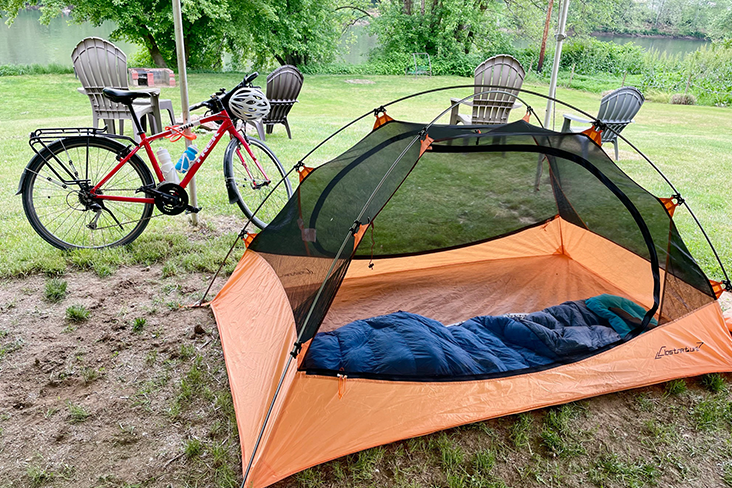
I’ve now been bike camping four times, including a solo four-night adventure on the 150-mile Great Allegheny Passage, which runs from Pittsburgh, Pennsylvania, to Cumberland, Maryland, on a gravelly rail trail. I’ve found it to be a fun human-powered adventure that can be tackled and enjoyed by everyone, even beginners and families.
Here’s how to get started:
How To Gear Up for Your Ride
There are many types of bikes, and no one kind of bike is best for bike camping. “You don’t need anything fancy,” says Melissa Moser, a cartographer for the Adventure Cycling Association. “I really don’t want people to overthink it.” She suggests a low-maintenance bike, a rear bike rack, panniers to hold your gear and wide tires suitable for bumps on the bike trail or road.
For longer rides, say a week or more, it’s wise to get a bike seat (known as a saddle) that is well suited for your body, suggests Moser. Many bike shops can measure your “sit bones” to help you choose a seat that is a proper fit for your pelvic anatomy.
If you plan to bring along small children or if you have a lot of gear, consider a bike trailer. In terms of what to wear, seek out padded bike shorts and padded bike gloves, particularly if you anticipate daily double-digit miles on gravelly surfaces. Padded bike shorts help reduce chafing and offer extra cushion, while bike gloves can help with shock absorption on bumpy trails.
You’ll also want to bring a simple bike repair kit that includes tools for quick fixes, including a mini bike pump, tube repair kit and a multitool. Bring at least two new tubes that are the right size for your tires, and CO2 cartridges are helpful for quick tire inflations.
How To Choose a Bike Camping Route
For first-time bike campers, rail trails are a great way to go. Rail trails are onetime rail lines that are now paved or gravel multiuse trails available to hikers and bikers (and even horseback riders in some cases). They are generally quite flat and scenic. I like these trails because they are largely free of vehicles, though you may cross a few low-traffic roads.
Even better, a rail town – now trail town – is typically no more than 10 or 15 miles away at any given point on the trail. In many cases, there are campgrounds, coffee shops and bike repair shops just steps off the trail. Some rail trails, like the Great Allegheny Passage, sell helpful trail guides that feature maps, sample itineraries and mile-by-mile trail details.
When choosing a route, mileage should be a key consideration. Think about how many miles you can tackle each day and over how many days. TrailLink, a free trail finder website and app created by the Rails-to-Trails Conservancy, makes it easy to find rail trails across the country by location and mileage. They feature trail reviews by riders too.
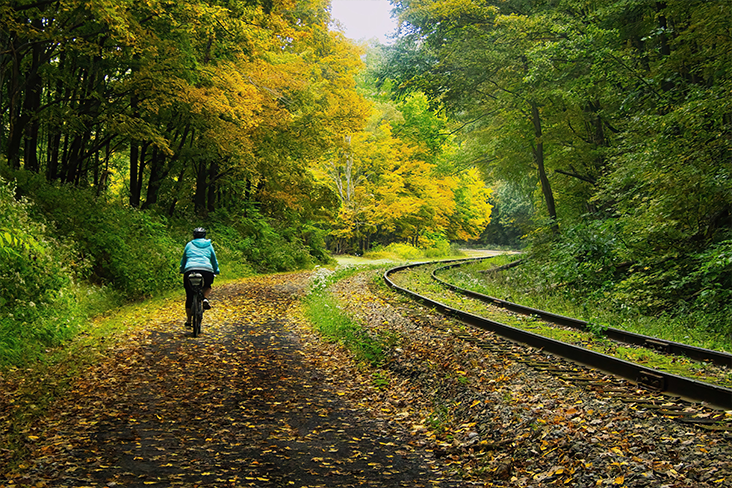
How To Prepare for the Unexpected
When you prepare for the unexpected, it’s often been my experience that the unexpected rarely occurs. At the very least, setting off prepared can put you on track for a wonderful outdoor adventure. It’s wise to prepare for three troubles you may face on the trail: weather, flat tires and injuries or health-related concerns like blisters, cuts or headaches.
Weather: For rain, bring a lightweight and waterproof rain jacket and rain pants as well as extra socks. Also, pack waterproof shoe covers, which are like booties that cover your shoes because wet feet lose heat quickly. For cold weather, bring layers. Sweat-wicking fabrics are critical.
Flat Tires: Bring at least two spare bike tubes that are compatible with your bike tires and a mini tire pump. Not sure how to change a tire? There are plenty of short videos on YouTube that will walk you through it. Make sure to toss a bike repair kit into your panniers too.
Health Concerns: For blisters, cuts, scratches and headaches, make sure you have a travel first-aid kit that’s stocked with essentials like bandages, cleansing wipes and antibiotic ointment to keep blisters clean and dry. Also, bring pain relievers and eyedrops if biking on dusty trails.
What To Pack for Bike Camping
In terms of what to pack, consider where you are going and on what trail or trails. Study the route for water sources, bike shops and restaurants along the way. Make campsite reservations ahead of time, then pack the items you’ll need for your adventure, such as the following:
- Sleeping bag, sleeping pad and backpacking tent
- Portable camping stove, fuel canister, lighter and food
- Extra water and a water filtration system (I like the Sawyer® Squeeze.)
- Rain gear, including rain jacket and rain pants
- Extra layers of moisture-wicking clothing
- Toiletries, including lip balm and sunscreen
- Travel first-aid kit, including bandages and antibiotic ointment
- Bike repair kit and miscellaneous gear, like a headlamp
To stow all of the above, waterproof panniers are available in many sizes. I have a pair of 27-liter bike bags, bought on Amazon, that worked well for a four-day bike ride. Plus, add a kickstand to your bike if you don’t have one. It’s helpful to be able to stand your bike when fully loaded with gear.
Other Options To Consider
To explore e-biking as an option, check out our story on how to get started with e-bikes.
If you plan to make bike camping part of a cross-country adventure, read our guide on getting the most out of your Subaru on your next road trip.
Bookmark the vehicle checklist and maintenance musts within that guide, such as checking the tread depth of your tires, and see our feature on tire maintenance for your Subaru for more in-depth information.
Plus, read our guide on everything you need to know to camp with your Subaru, including tips on selecting a tent, and consider accessories that can carry bikes on your vehicle to drive to a location and hit the bike trails from a campsite.
